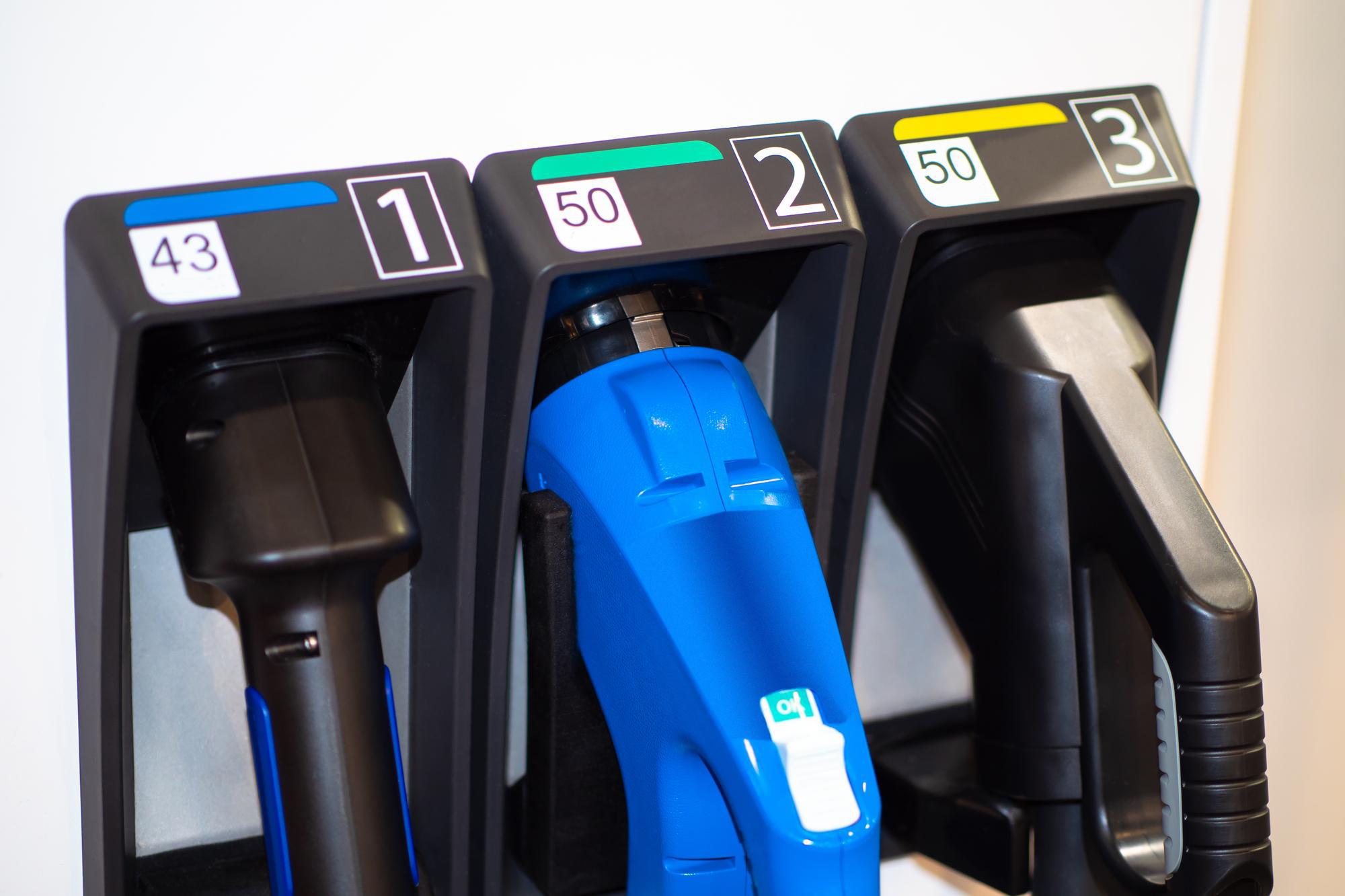EV Charger Levels

On the market, electric cars (EVs) and plug-in hybrids are relatively new, and the fact that they power themselves with electricity necessitates a whole new infrastructure, which few people are familiar with.
Charging Levels And Charging Types
The difference between charging levels and types is quite simple in that charging levels are the capacity of charging while charging types are the form. Each are important individual components in the electric vehicle charging process yet are greatly involved with one another.
Charging Levels
There are three levels of electric vehicle (EV) charging: Level 1, Level 2, and Level 3. The higher the charging level is, the faster the battery is charged as more power is supplied to the vehicle.
Level 1 Chargers
When you charge an electric automobile (EV) with the charger supplied with the vehicle, Level 1 charging occurs. These chargers may be plugged into any standard 120V outlet on one end and directly into the car on the other. The lower electricity consumption costs associated with Level 1 charging contrast greatly to those of higher power charging levels, which can be more costly, however these chargers are notably slower than their higher-capacity counterparts.
Level 2 Chargers
A Level 2 EV charging system is similar to a standard-issue Level 1 charger in that it sends an electrical current from an outlet or hardwired unit to the vehicle via the connector. However, a Level 2 automobile charger requires a 240 Volt circuit. Level 2 chargers are commonly used in homes and businesses.
Level 3 Chargers
These fast chargers are typically installed at public locations, notably along highways. They supply power to the car via direct current (DC), which reduces charge times by up to 80%. The issue with these high powered chargers is that they require significant electrical upgrades before installation. As such, they are usually not found outside of EV-friendly states and municipalities.
Charging Types
When charging an electric car, the power must always be changed from AC to DC. The operational difference between AC charging and DC charging is whether the electricity is converted outside of or within the vehicle.
Alternating Current (AC)
AC charging, as the name suggests, uses alternating currents (AC) to charge the vehicle. This current is converted using the car's built in energy converter, which changes it into Direct Current energy prior to supplying it to the battery.
Direct Current (DC)
Direct Current (DC) charging requires an external converter to change the Alternating Current (AC). The primary benefit of using DC charging is that it reduces the time required for a full charge by as much as 80%. That said, some high-power home units require such extensive upgrades that they are not available beyond public facilities.
Electric cars are the future, and while the technology is still new, it's important to be aware of the different ways to charge them. With a little bit of knowledge, you can easily choose the best way to charge your electric car and get the most out of it. If you're taking the leap into electric, be sure to do it the right way. Call an electrician to install your EV chargers.





